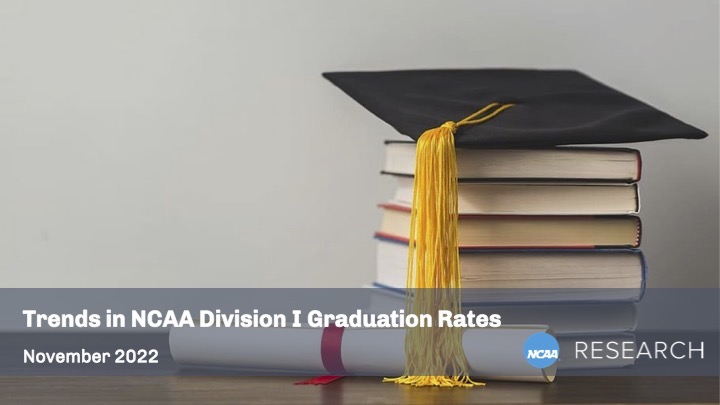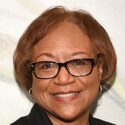 Data submitted to the U.S. Department of Education and compiled by the National Collegiate Athletic Association shows graduation rates for all students who entered college between 2012 and 2015 and earned their degrees within six years at the same institution at which they enrolled. Of all students who enrolled in bachelor’s degree programs at these four-year institutions between 2012 and 2015, 69 percent earned their degrees by 2021.
Data submitted to the U.S. Department of Education and compiled by the National Collegiate Athletic Association shows graduation rates for all students who entered college between 2012 and 2015 and earned their degrees within six years at the same institution at which they enrolled. Of all students who enrolled in bachelor’s degree programs at these four-year institutions between 2012 and 2015, 69 percent earned their degrees by 2021.
When we break the figures down by race, we see that 71 percent of Whites earned their degrees within six years compared to 50 percent of Blacks. This is a huge gap of 21 percentage points. For African American students there was a 10 percentage-point gap in favor of women. White men had a graduate rate that was 25 percentage points higher than the rate for Black men
If we look at students who received athletic scholarships at Division I institutions, we find a smaller racial gap. For White students who entered college between 2012 and 2015 on an athletic scholarship, 73 percent earned their degree from the same institution within six years. For Black student athletes in the same period, 59 percent earned their degree within six years at the same school. This 14 percentage-point racial gap in graduation is significantly smaller than the racial graduation rate gap for students as a whole.
Presumably, the lesser gap is due to the fact that student athletes in many cases have their tuition and other expenses paid so financial reasons are not a reason to leave college. This is not the case for many students who are not on an athletic scholarship. Also many Division I institutions provide extensive tutoring and counseling services to their student athletes so they remain eligible to play. These services undoubtedly have a positive impact on graduation rates.












